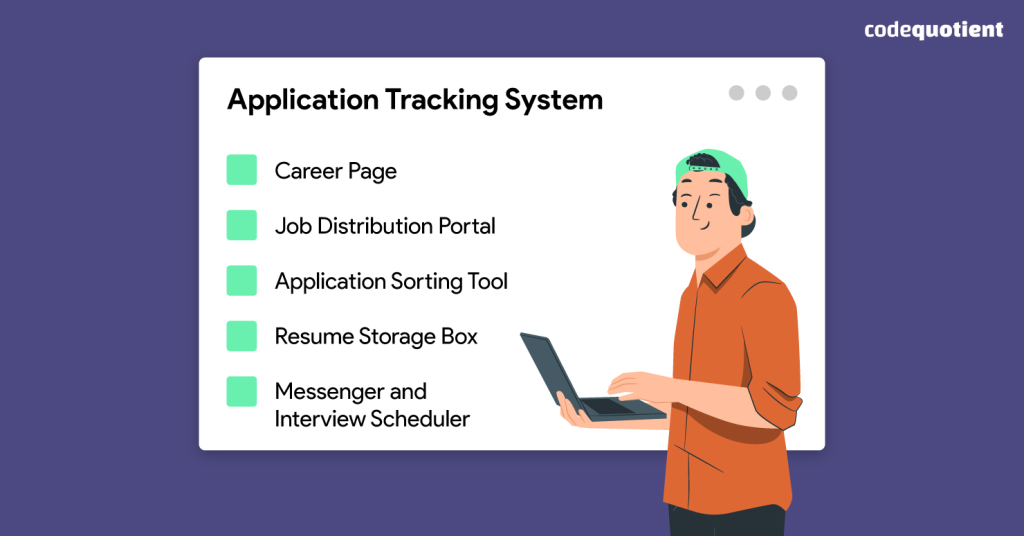Applicant Monitoring Techniques (ATS) signify a pivotal element in modern recruitment techniques, revolutionizing the way agencies manage their ability exchange process. These methods become a centralized hub, streamlining the hiring workflow by automating the storage, monitoring, and evaluation of candidate data. By leveraging innovative methods and functionalities, ATS alternatives enable recruiters and HR experts to control applications, screen prospects, and oversee the employing direction efficiently.
At the key of ATS functionality lies their power to get and coordinate huge levels of applicant data. Resumes, cover letters, software types, and prospect communications are collated into an extensive repository, offering recruiters quick access to prospect information. That structured repository not merely simplifies the original screening method but additionally facilitates submission with employing regulations by storing applicant information firmly and confidentially.
The automation features within applicant checking systems considerably reduce guide jobs and paperwork typically connected with recruitment. From submitting work openings on multiple platforms to pre-screening candidates predicated on predefined standards, ATS resources increase the recruitment cycle. Automated e-mail reactions, meeting scheduling, and actually prospect assessments improve the selecting process, allowing recruiters to focus more on engaging with top-tier candidates.
In addition to managing applicant knowledge, ATS platforms frequently incorporate analytics and reporting capabilities. These characteristics give important insights into employment metrics, offering a comprehensive summary of the employing process’s effectiveness. Recruiters can monitor metrics such as time-to-hire, source of employs, applicant demographics, and the effectiveness of different job postings, permitting data-driven decision-making to refine and enhance recruitment strategies.
The integration of artificial intelligence (AI) and machine understanding further enhances the features of contemporary applicant checking systems. AI-powered ATS answers can wisely fit candidate users with work requirements, improving the precision of candidate screening. Normal language control (NLP) abilities within ATS allow for more detailed keyword analysis, ensuring better candidate-job match and reducing tendency in the selection process.
Availability and venture are key talents of applicant checking systems. These systems help easy cooperation among selecting teams, enabling numerous stakeholders to examine choice users, leave feedback, and connect within the system. Cloud-based ATS options enhance supply, permitting recruiters to manage the choosing process remotely, facilitating relationship across varied teams and locations.
While ATS techniques offer numerous advantages, their usefulness handles on correct implementation and customization. Organizations must manage these programs to align making use of their distinctive hiring operations and specific needs. Sufficient training for HR workers on using the system’s functions optimally can also be necessary to increase the system’s potential Applicant tracking free assure a smooth transition in to its usage.

In summary, applicant checking systems function as fundamental tools in the employment system of contemporary organizations. Their capability to streamline and automate selecting techniques, improve choice experience, and give useful analytics considerably impacts employment performance and effectiveness. As the landscape of skill purchase evolves, ATS tools continue steadily to evolve, enabling organizations to remain agile and aggressive in sourcing and securing top talent.